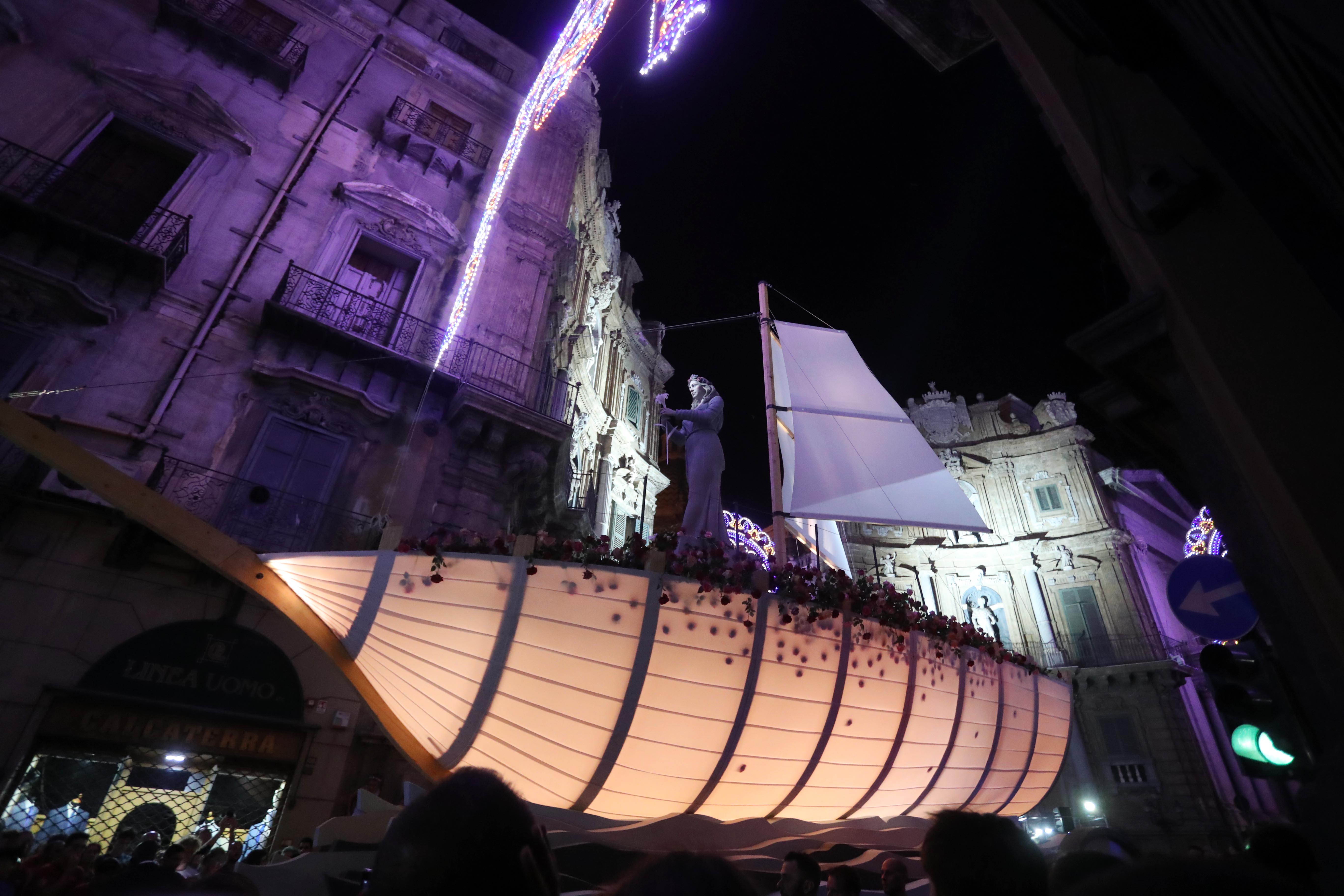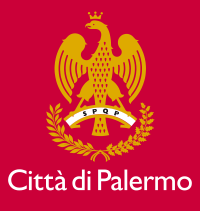
How Rosalia became Patron Saint of Palermo
From the plague to the discovery of her mortal remains
“Informatione del pestifero et contagioso morbo” is the title of the treatise written by the proto-doctor Giovanni Filippo Ingrassia (1512-1580) and it is a watershed in the history of the treatment and control of the plague which had raged throughout Europe since the 14th century.Among the waves that hit the city of Palermo we remember that of 1575 and it is precisely on that occasion that Ingrassia's expertise was at its best.
The doctor's control policy became a real health code to be scrupulously adhered to. The practice of barraging, burning infected clothing and the gallows for those who contravened these dictates is the synthesis of Ingrassia's program.
The board responsible for supervising public health was the Deputation of Health. Precisely in 1575 anyone who had a plague patient in their home was barred and the home was monitored by guards.
One of the most important innovations in the care of the sick, which always sees Ingrassia as a protagonist, was the separation of the ones who suffer from the plague in the Lazzaretti; those in recovery were separated from the sick in different buildings, for example the Cuba buildings.
Even the burials by order of Ingrassia were arranged outside the churches and away from the inhabited centers so as not to come into contact with the "decay" of the bodies. So, with constancy and incessant work in May 1576 Palermo was freed from the plague.
On 24 June 1624 the city was again declared infected and the Deputation of Health was reunited, among the doctors we must remember Marco Antonio Alaymo, a fellow villager and continuer of Ingrassia's work.
The Ingrassia health code was put into practice but late: the disease was not immediately identified. The plague raged in Palermo very violently, so much so that Pope Urban VIII took measures for the pilgrims coming from the city (1625 was the year of the Jubilee). Archbishop Giannettino Doria imposed quarantines and implemented the already known preventive measures of Ingrassia but during this wave there was something new, Rosalia Sinibaldi.
On 15 July 1624 the mortal remains of the young Rosalia were found thanks to the vision of Girolama La Gattuta and verified by a medical-anatomical commission. Doria therefore implemented, in parallel with health measures, those of a religious nature, also preventing popular devotion for the Saint from becoming superstition. The archbishop then began the affirmation of the cult of Rosalia.
The cases of plague and the number of deaths were decreasing and on 3 September 1625 the city was freed from the disease.







